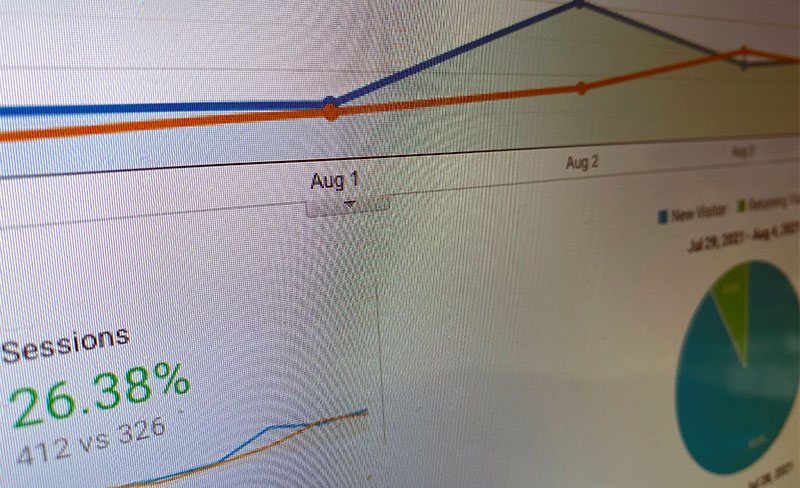For a thriving business, a website redesign is a major marketing goal…if not a necessity…in the quest for growth. A website redesign and/or migration can have significant effects on your SEO rankings. However, with proper planning and monitoring you can preserve your SEO rankings when migrating to a new design.
How to preserve your SEO rankings during a website redesign
Here is a list of actions you should take when launching your new website that will help you mitigate the risk of losing any authority you worked hard to build with your website:
- Keep URLs intact. Search engines understand the structure of your website and receive signals about the content of a web page through the URL. When a new URL is introduced it can take time for a search engine to crawl and index the page. So, any changes to a URL that may already be indexed by Google can cause a loss of rank and visibility for the original URL. Keeping the URL the same eliminates this issue.
- If changing URLs, put 301 redirects in place. If you cannot avoid changing your URLs, the next best thing to do is to utilize 301 redirects. Have you ever seen a superhero movie where the main character sucks up all the power from one person to transfer it to another person? That’s how a 301 redirect works. A 301 will tell Google that any love originally given to www.website.com/firsturl, should now be given to www.website.com/secondurl.
- NOTE: Although you’re telling search engines to transfer the rankings of the original URL to the new URL it can take time to see traffic recover. Additionally, if there are other changes to the page outside of the URL change, rankings for the new page may be affected even more.
- Perform a pre-launch review. You’re likely developing your new site on a dev or staging server, away from public view. Before launching, run the test site through the SEO ringer with a pre-launch review. This audit will give you the opportunity to fix any SEO issues before the new website is live. It is much more difficult to recover from an SEO website migration issue when the new site gets crawled. Here is a list of checkpoints to review:
- Are all meta tags in place
- Do your images have alt text
- Is schema in place
- Is on-page content optimized well with keywords
- Do you have an XML sitemap
- Test the user experience
- Check page speed
- Update and re-submit XML sitemap. Once the new website is launched, you will want to regenerate and submit your new XML sitemap to search engines. This will make sure search engine crawlers have an updated list of URLs you would like them to index.
- Perform a post-launch review. You’ll want to keep an eye on your new website’s rankings and search performance to watch for any issues that need to be addressed. First perform an initial review right after launch. Then schedule continous reviews for a period of time after launch. We suggest a daily review the first week of launch, a weekly review to close out the month and then a monthly review thereafter. Audit the following in your post-launch review:
- Is the site crawlable
- Has the new sitemap been submitted
- Is Google Analytics in place for data tracking
- Are there any 404s that need to be fixed
Preserving website traffic and rankings is a top priority when redesigning or migrating a website. Any changes to a website affects your SEO, but having a plan in place to maintain your search performance will set your business up for continued success with your new website.


Comments are closed.